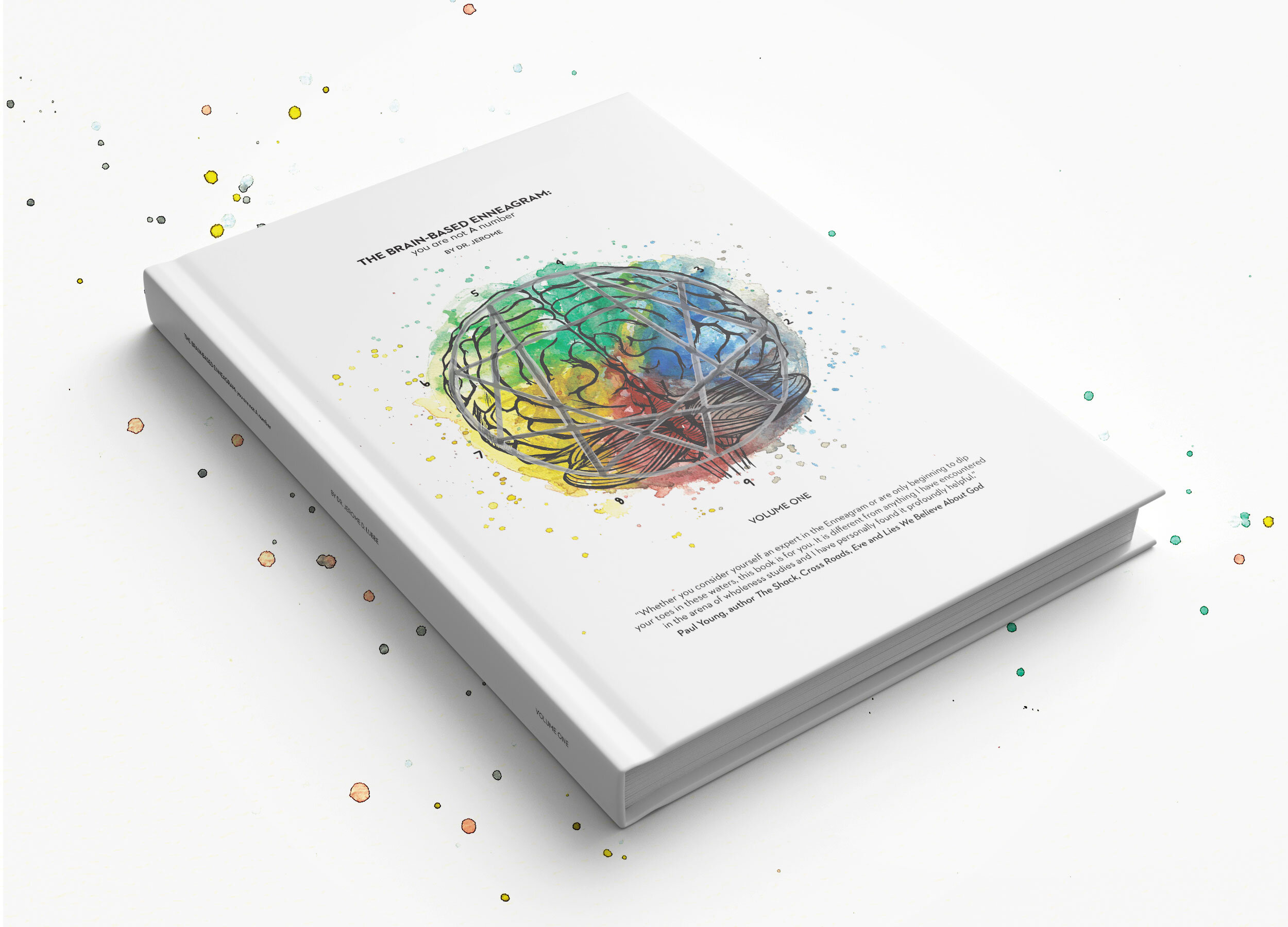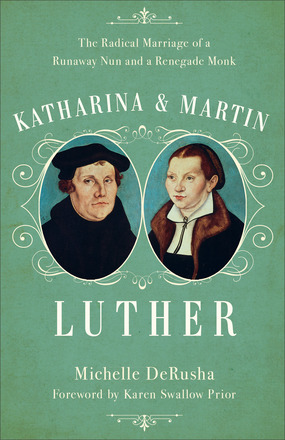We are in an election year, and we are reminded that four years ago, 81% of White Evangelicals through their lot in with Donald J. Trump, a serial liar who bragged on a recording of being able to sexual assault women just because he was famous, mocked physically disabled reporters, and stoked racism and xenophobia. Many of those evangelicals did so because they couldn’t bring themselves to vote for Hilary Clinton, some because they worried about the growing trend toward secularism in the democrat party, others because their commitment to socially conservative values.
Four years later, the divide between Right and Left has calcified and Evangelical supporters of Trump often march in lock-step with their commander in chief, even when that means ignoring Jesus’ call for justice, and love for the poor, the widowed, the orphaned and the oppressed.
David Moore is is an ecumenical teacher, contemplative anddefender of the defenseless. With degrees from UC Santa Barbara St. Stephen’s University in New Brunswick, Canada and a Doctorate in Theology from the University of South Africa. He has been a pastor (Pentecostal) and an academic (he is currently an adjunct professor at St Stephen’s). In Making America Great Again: A Challenge to the Christian Community, Moore challenges us as Christians to examine our commitment to Jesus in our political life.
The book tells his own story of the racism he experiences as an African American, the tone deaf theological responses he has experienced from (many) white evangelicals, and the ways that he has come to see how Jesus challenges empire, goes to the margins and identifies with the victims.

Moore shares his own personal journey with these realities, addressing particularly racism. While the title frames this as a challenge to Trumpism, what Moore is addressing is more the way evangelicals emphasis personal responsibility and are often unaware of the ways they cooperate with a status quo that oppresses others. Moore paints a picture of Jesus that is liberationist. He blends political observations with theological and personal reflection and evocative readings of the gospels.
This book was a good read. I am sure that Moore answers Trumpism, or if that is really his point. Trump is a symptom of our bigger problem of failing to walk the ways of Jesus in our compassion and care for those on the margins. But Moore also comes across more invitational than judgmental. He wants us to get and to move toward justice and mercy and away from injustice, privilege and the status quo.
I received a copy of this book via Speakeasy and here have provided my honest review.


 Scot McKnight’s
Scot McKnight’s  Rich Wyld
Rich Wyld  In
In  The scholarship in this is really thin. The foot notes mostly point to the Strong’s Bible lexicon (accessed via Blue-Letter Bible). Rocha does point to scriptures about Angels and discusses angels in the Bible, but for the most part account of angels is colored by his experience of signs and wonders (i.e. where he or others have witnessed ministering angels). He tells stories of angelic visitations and times when angels helped him through difficult circumstances (like getting him through customs).
The scholarship in this is really thin. The foot notes mostly point to the Strong’s Bible lexicon (accessed via Blue-Letter Bible). Rocha does point to scriptures about Angels and discusses angels in the Bible, but for the most part account of angels is colored by his experience of signs and wonders (i.e. where he or others have witnessed ministering angels). He tells stories of angelic visitations and times when angels helped him through difficult circumstances (like getting him through customs). Walton is an Episcopal priest whose poetry has appeared in Poetry East, Asheville Poetry Review, Spiritus and Anglican Theological Review and other journals. She is also the first winner of the Phyllis Tickle Prize in Poetry for this collection. Her poems are organized under four headings: Spirit and Marrow, Showings, Visitations and Seven O’s: Antiphons. the latter section has the seven “Great O Antiphons” (short verses before the Magnificat chanted in the monastic office through Advent). They are produced here in Latin, and translation with one of Walton’s poems accompanying each antiphon.
Walton is an Episcopal priest whose poetry has appeared in Poetry East, Asheville Poetry Review, Spiritus and Anglican Theological Review and other journals. She is also the first winner of the Phyllis Tickle Prize in Poetry for this collection. Her poems are organized under four headings: Spirit and Marrow, Showings, Visitations and Seven O’s: Antiphons. the latter section has the seven “Great O Antiphons” (short verses before the Magnificat chanted in the monastic office through Advent). They are produced here in Latin, and translation with one of Walton’s poems accompanying each antiphon.